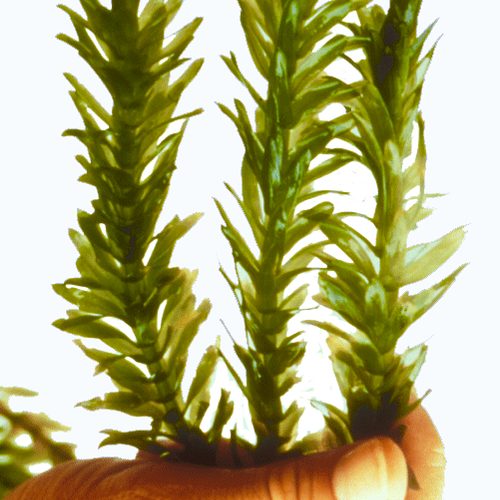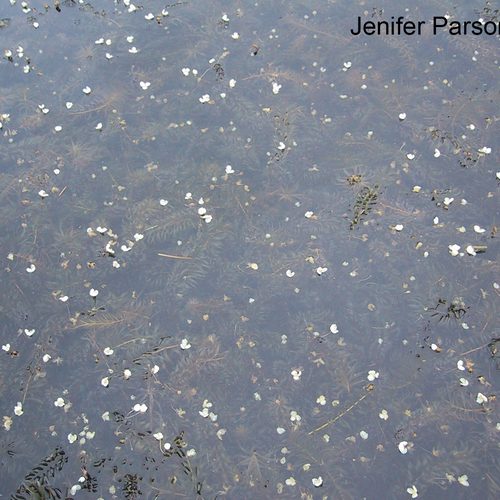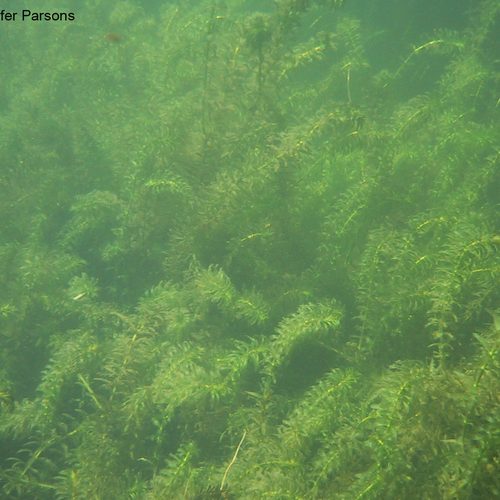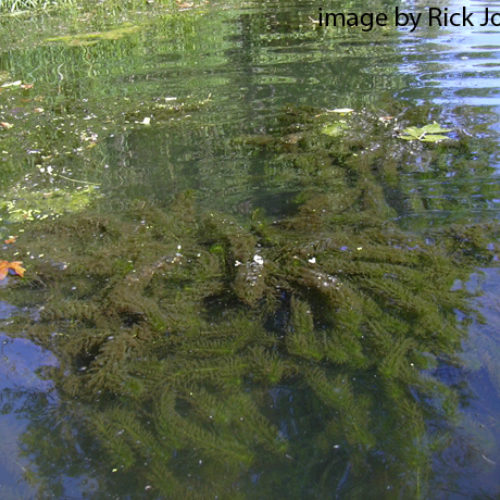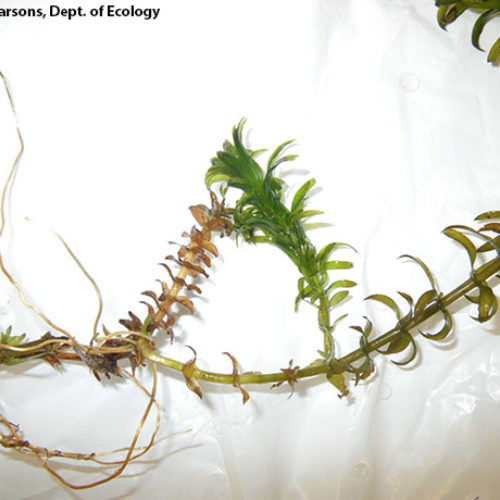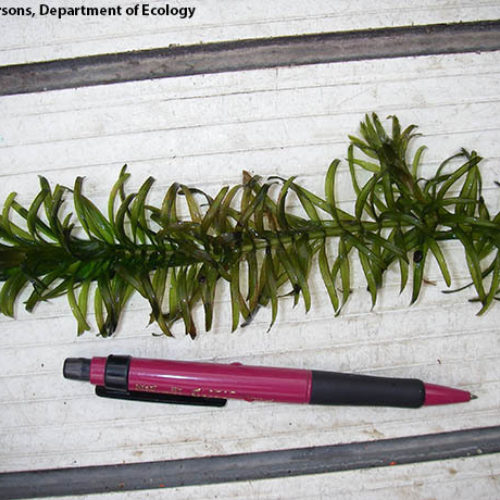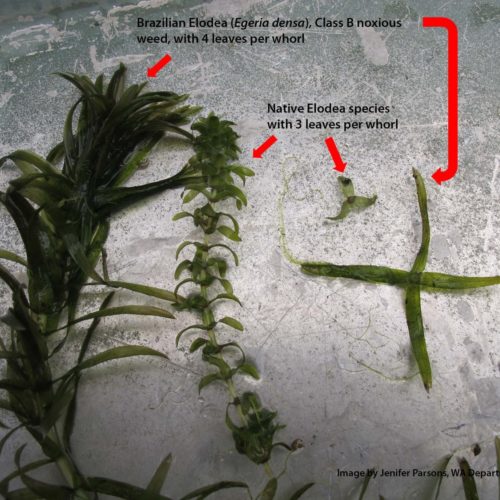Brazilian Elodea
Egeria densa
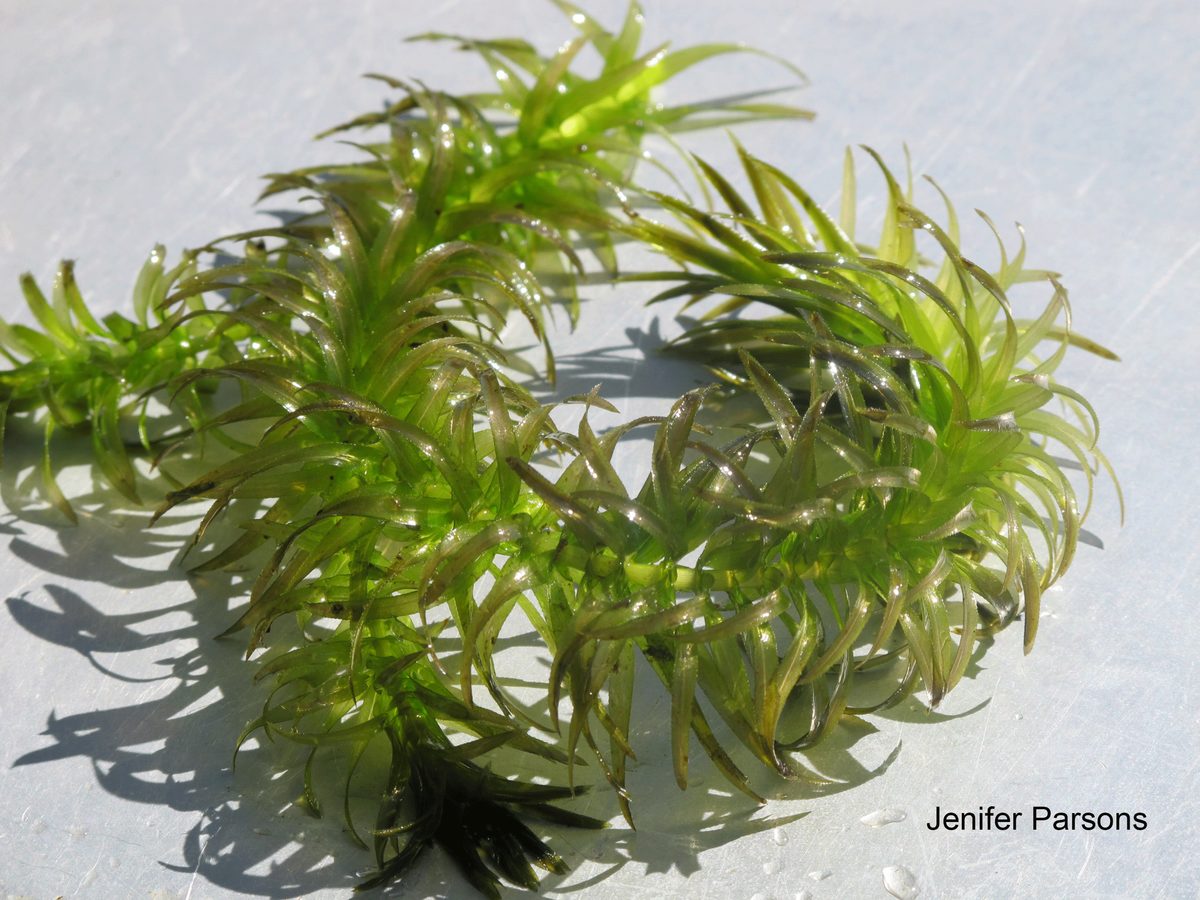
Family: Hydrocharitaceae
Other Common Names: Brazilian egeria
Weed class: B
Year Listed: 1993
Native to: South America
Is this Weed Toxic?:
not known to be
Legal listings:
This plant is also on the Washington State quarantine list. It is prohibited to transport, buy, sell, offer for sale, or distribute plants or plant parts of quarantined species into or within the state of Washington or to sell, offer for sale, or distribute seed packets of seed, flower seed blends, or wildflower mixes of quarantined species into or within the state of Washington. Please see WAC 16-752 for more information on the quarantine list. For questions about the quarantine list, contact the Washington State Department of Agriculture's Plant Services Program at (360) 902-1874 or email PlantServices@agr.wa.gov.
Why Is It a Noxious Weed?
Brazilian elodea is an ornamental aquatic plant that is used primarily for fish aquariums. Infestations can alter aquatic ecosystems, trapping sediment and degrading water quality. It forms dense mats that shade out other native aquatic plants, inhibits water flow, and recreational activities.
How would I identify it?
General Description
Submersed freshwater perennial herb that grows underwater and is sometimes free floating. It forms dense masses of growth near the water's surface.
Flower Description
Brazilian elodea has male and female flowers on separate plants. So far introduced populations only have male flowers. The flowers are white, have 3 petals and are on threadlike stems.
Leaf description
Lower leaves appear in whorls of 3, and the upper leaves appear in whorls of 4 to 8. They are minutely serrated, linear and bright green.
Stem description
Stems grow upright until reaching the surface and then branch, forming a dense mat of growth.
Fruit Seed Description
Only male plants have been found here in Washington, so no seed is produced here.
May Be Confused With
There is a native elodea that may be confused with Brazilian elodea. Waterweed (Elodea canadensis) is much smaller and less robust. If you need help with identification, contact your county weed coordinator.
Where does it grow?
Brazilian elodea can be found in still and flowing waters such as lakes, ponds, streams and ditches. Please click here to see a county level distribution map of Brazilian elodea in Washington.
How Does it Reproduce?
Brazilian elodea reproduces by roots and plant fragments.
How Do I Control It?
General Control Strategy
Brazilian elodea can be difficult to control. Since it spreads by stem and rhizome fragments, mechanical methods such as cutting, harvesting and underwater tilling are not advisable. These methods can increase the infestation. The entire plant must be removed.
Mechanical Control
Mechanical removal is not advised unless the area is entirely invaded by plants because mechanical methods may increase infestation. Small populations can be carefully handpulled if all plant parts can be removed.
Cultural Control
Small infestations may be controlled with the use of an opaque fabric that blocks light from the plant.
Biological Control
Triploid grass carp does find Brazilian elodea palatable but this method of control can only be used in certain situations.
Herbicide Control
Because herbicide availability and regulation differ between states, we recommend the Washington Department of Ecology website for information on aquatic weed management and herbicides, or contact your county noxious weed coordinator.
For More Information
See our Written Findings for more information about Brazilian elodea (Egeria densa).
Pierce County NWCB Fact Sheet on Brazilian elodea
Whatcom County NWCB Fact Sheet on Brazilian elodea
Asotin County NWCB Fact Sheeton Brazilian elodea
King County NWCB Fact Sheeton Brazilian elodea



